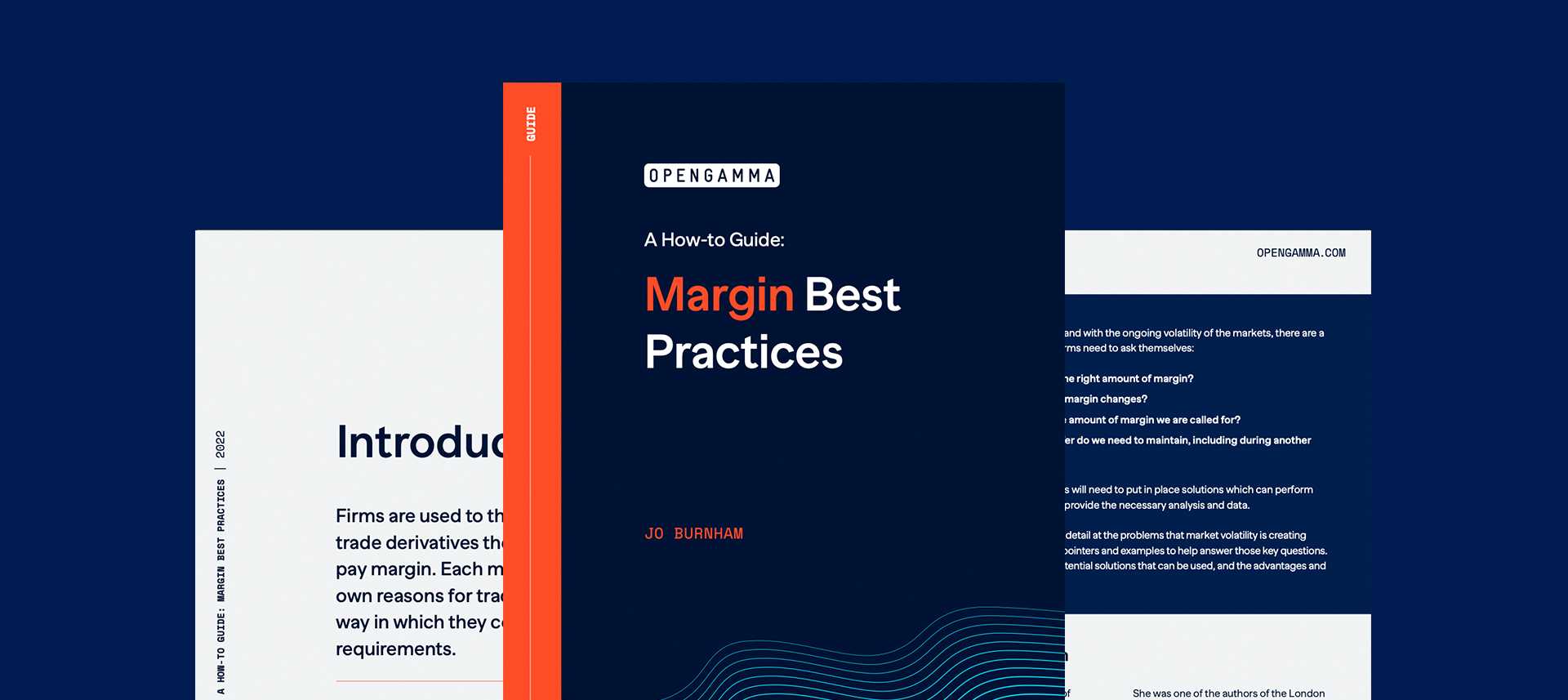One of the easiest ways to increase your return on capital is to reduce the level of margin you are paying. With the introduction of risk add-ons for all OTC and some ETD exchanges, this opportunity is available to the vast majority of derivative users and we’ve seen savings up to 28% on initial margin.
Post-crisis regulations have — and will continue to — increase the level of initial margin required to finance both Listed Futures & Options (ETD) and OTC Derivatives. At a time where returns are already under pressure, the challenge for any buy-side firm is how to remain competitive in an environment where costs continue to rise — with Uncleared Margin Rules, Mandatory Clearing and Brexit Contingency Planning all contributing to an increase in costs.
Concentration Add-ons
Risk add-ons are a new component of margin methodologies that are applied to cover various risk concentrations, including liquidity, concentration, and basis risk.
Risk add-ons are now charged by all OTC CCPs, and increasingly also by ETD CCPs as they migrate to VaR based methodologies.
- Eurex have already moved to VaR with Prisma in 2015
- LME have commenced their transition to VaR LME Clear VAR margin
- CME will be transitioning to VaR over 2019/2020
How You Can Reduce Margin Costs
Historically, the buy-side have allocated all ETD activity to one clearing broker and have used a separate clearing broker for OTC derivatives.
Under EMIR, clients are required to designate another backup clearing member. If you do not have a second clearing broker in place you are exposing yourself to positions being closed out by the CCP and the inability to trade and clear mandated products if your clearing broker defaults.
For those that have been prudent and established a backup clearing broker, initial margin savings can be realised by rebalancing trading activity across clearing brokers due to CCP risk models including risk add-ons as part of their methodologies.
Add-ons depend on the positions the fund has within each clearing broker — as opposed to the net position across brokers — and therefore distributing positions across clearing brokers provides opportunities to minimise concentration add-ons.
We recently ran analysis for one client who allocated all of their Listed Futures & Options at Eurex to one clearing broker and used a separate clearing broker for their IRS swaps at LCH.
Through rebalancing trades across two clearing brokers the client was able to reduce their concentration add-ons resulting in total IM savings of 15%.
Summary
It is highly recommended that every firm should have a backup clearing broker to cover potential member default. Once you have a backup broker, you may have the opportunity to significantly reduce your overall margin.
Given that all major OTC and ETD exchanges are using, or planning a move to, a VaR based methodology the buy-side need to reconsider how they allocate their cleared derivatives.
Risk add-ons incorporated in VaR models are penalising the buy-side for clearing at one clearing broker.
Rebalancing your portfolio between clearing brokers can reduce these risk add-ons and overall reduce margin costs.




